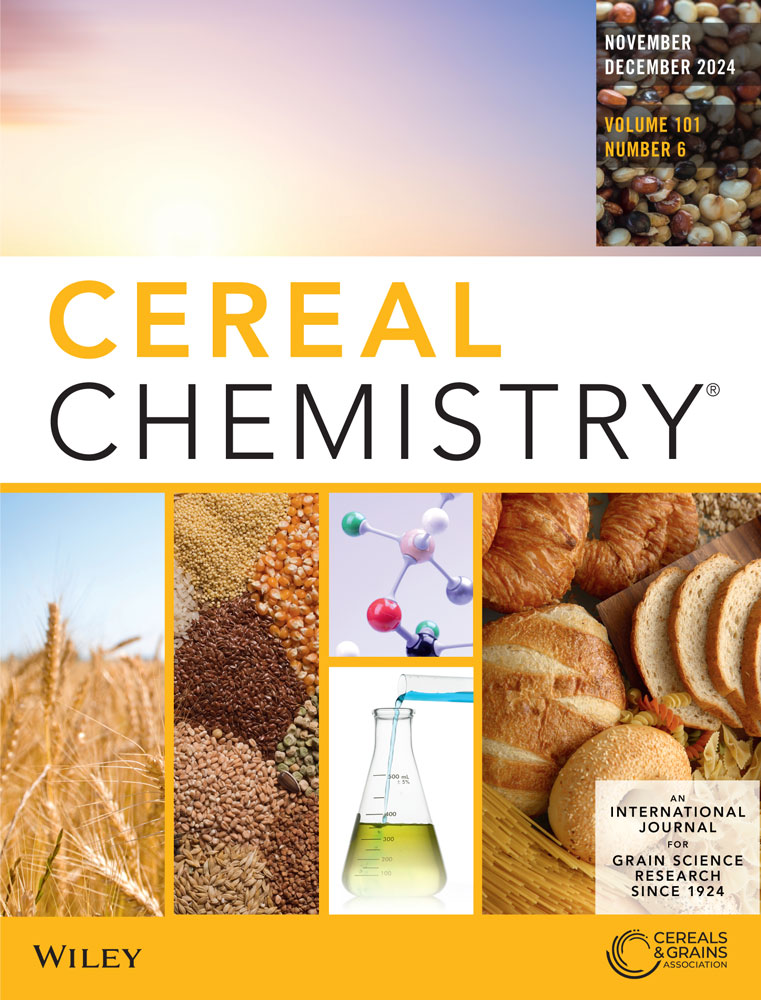Effects of Different Drying Methods on Microstructure and Quality Characteristics of Red Beans
Abstract
Background and Objectives
Red beans are nutritionally and medicinally valuable, but their high postharvest moisture content hinders storage and necessitates drying. Different drying methods have different effects on the quality, nutrient content, and processing properties of red beans. Therefore, it is necessary to find the most suitable way to dry red beans.
Findings
Microwave vacuum drying exhibited the highest drying rate (0.91%/min), over twice that of the other two methods, and achieved target moisture content in 9 min—a 50% reduction compared to traditional drying. Water activities were 0.832 (hot air), 0.758 (microwave vacuum), and 0.626 (vacuum freeze). Microwave vacuum drying maintained stable water activity during storage, while hot air drying induced minimal microstructural changes. Vacuum freeze drying consumed the most energy (0.431 kWh), whereas microwave vacuum drying demonstrated superior thermal stability.
Conclusions
Although the microwave vacuum drying group was not as good as the other two treatment groups in terms of microstructure and water activity, its drying rate was faster, the drying time to the target moisture content was shorter, the color difference and sensory evaluation were better, and the power consumption was at the medium level. Considering various factors, it was concluded that microwave vacuum drying was the best way to dry red beans.
Significance and Novelty
Microscopic and macroscopic correlation analysis. The microstructures of red beans that have been dried through different methods were observed by scanning electron microscopy (SEM). By combining parameters such as color difference and water activity, a quantitative relationship between the drying process and the product quality was established, providing a scientific basis for the precise regulation of the drying process.

 求助内容:
求助内容: 应助结果提醒方式:
应助结果提醒方式:


